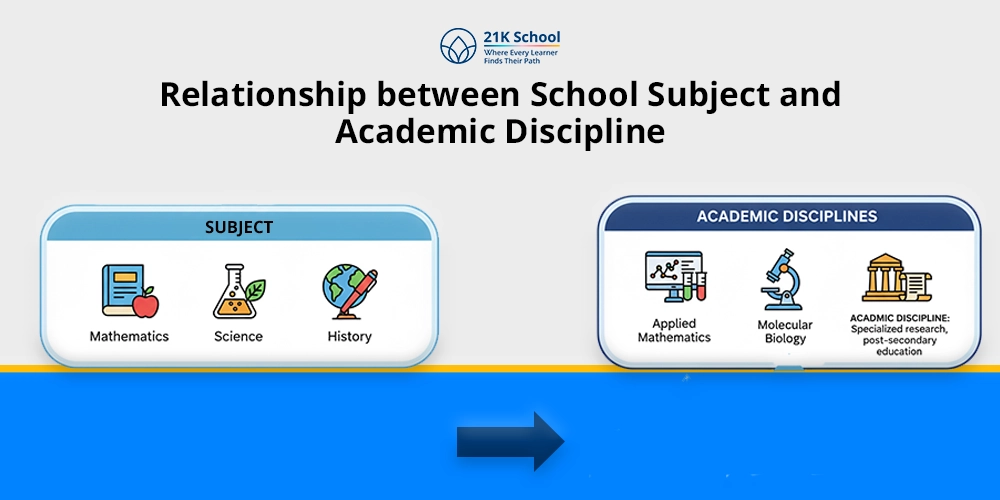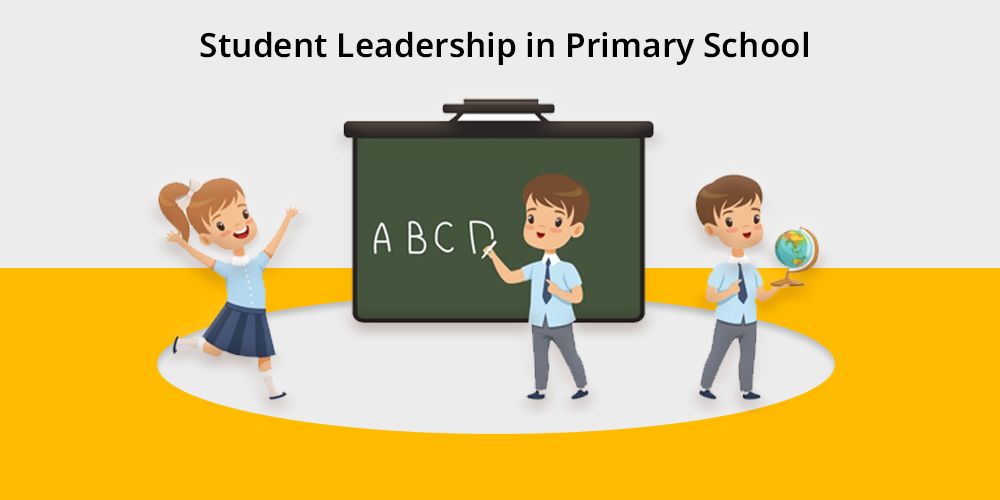
Student leadership in primary school can be defined as giving younger children opportunities to take responsibility, make decisions and model as a leader.
Allowing students to take part in leadership roles allows them to be part of the governance of their classroom and school life, and also develop important skills at that age.
Leadership does not always involve hierarchy or control, it can simply be guiding and supporting, and modelling a positive example to others.
Table of Contents
- Importance of Encouraging Leadership in Primary School
- Core Leadership Skills to Teach Primary Students
- Benefits of Promoting Leadership in Primary School
- 1. Boosts Self-Confidence and Independence
- 2. Enhances Communication and Social Skills
- 3. Promotes Responsibility and Accountability at an Early Age
- 4. Strengthens Problem-Solving and Critical Thinking
- 5. Encourages Teamwork and Belongingness
- 6. Prepares Children for Future Academic and Life Challenges
- 7. Fosters Empathy, Respect, and Emotional Intelligence
- Integrating Leadership into Primary School Curriculum
- 1. Incorporating Leadership into Group Projects
- 2. Using Storybooks with Leadership Role Models
- 3. Role-Playing Real-World Scenarios
- 4. Embedding Leadership in Daily Classroom Routines
- 5. Celebrating Leadership Through Creative Assignments
- 6. Utilising Reflection Journals to Monitor Leadership Development
- Examples of Leadership Roles in Primary School
- Overcoming Challenges in Nurturing Young Leaders
- Final Thoughts
Importance of Encouraging Leadership in Primary School
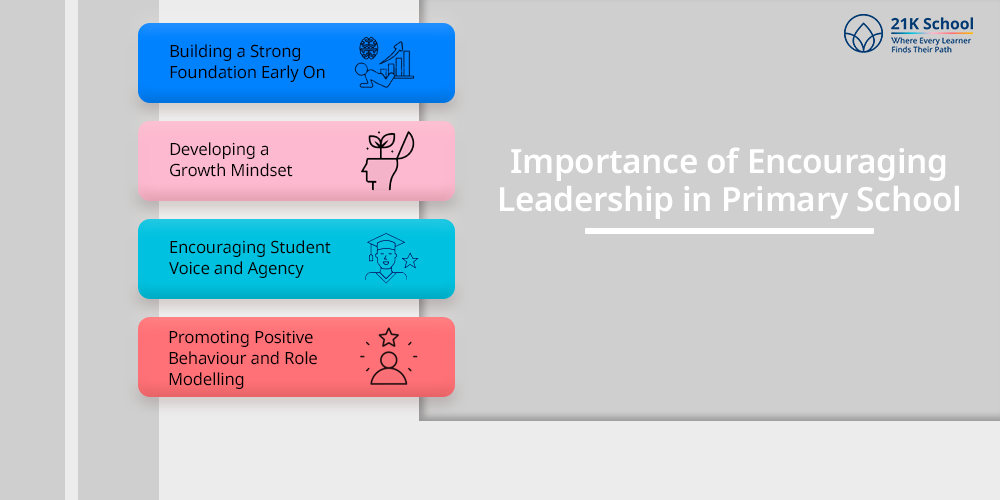
Promoting leadership opportunities in primary school is essential for a child’s development of skills such as confidence, communication, and collaboration. These skills ultimately contribute to their future success, academically and personally.
The school can help the children create the opportunity to make decisions, persevere through challenges, and be good communicators and collaborators.
1. Building a Strong Foundation Early On

Primary school is when children are most inquisitive, flexible and open to learning. By introducing leadership skills early in their studies, students build base character traits like ownership, initiative and empathy.
2. Developing a Growth Mindset

When leadership is part of a child’s everyday experience, they will view mistakes as learning, which builds resilience and provides the foundation for a growth mindset. Students become more open to challenges and problem-solving.
3. Encouraging Student Voice and Agency
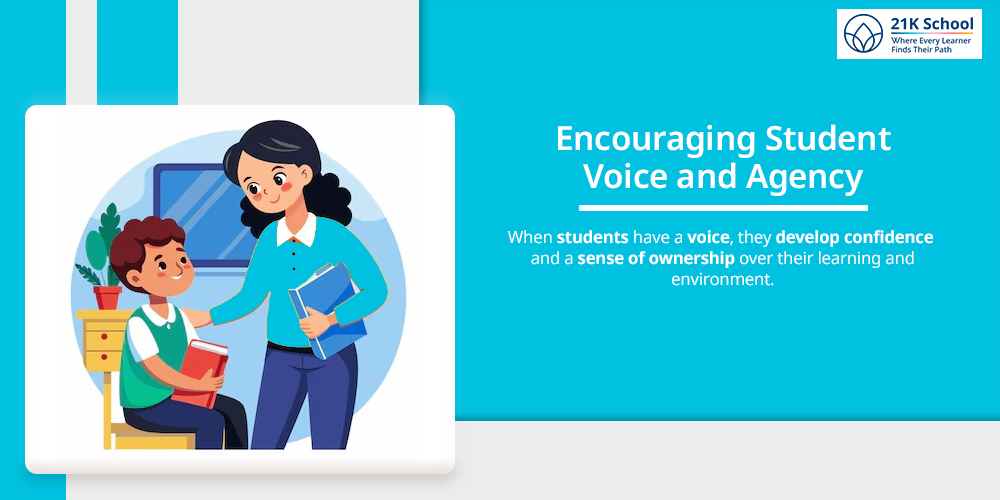
Leadership allows students the opportunity to share thoughts and engage in decision-making processes. When students have a voice, they develop confidence and a sense of ownership over their learning and environment.
4. Promoting Positive Behaviour and Role Modelling

When students take on leadership roles, they will exhibit more positive behaviour. They respect the influence they have on others and begin to act as role models academically and socially.
Core Leadership Skills to Teach Primary Students
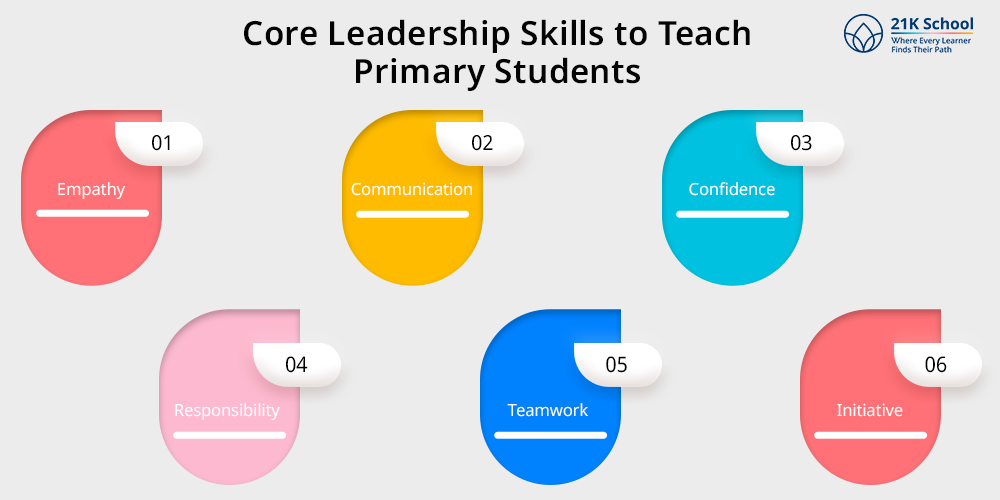
Primary school students may be young, but they can learn and practice strong leadership attributes early on. The most important aspect is to introduce these attributes correctly and in an age-appropriate way.
1. Empathy
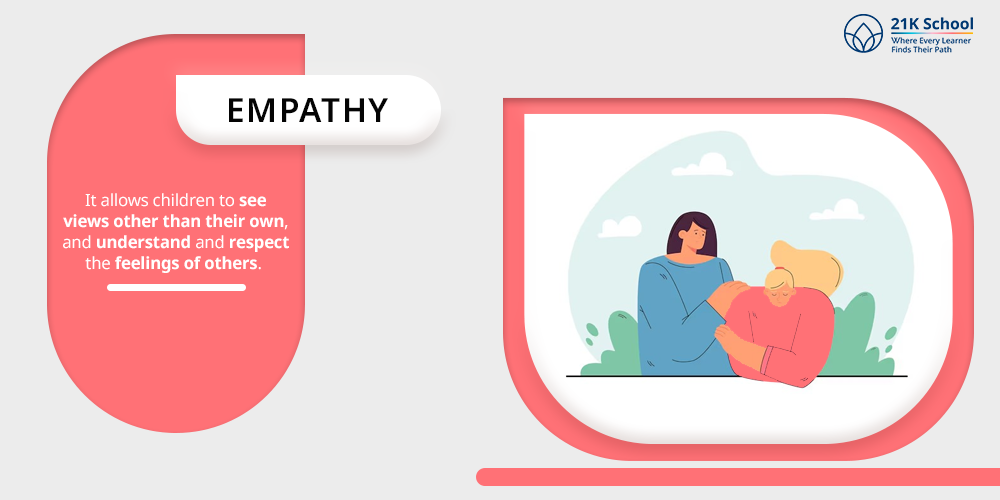
Empathy is an important aspect of leadership. It allows children to see views other than their own, and understand and respect the feelings of others.
Activities such as group discussions of a specific text chapter or reflecting on a completed team task can be used to promote social-emotional learning and empathetic leadership.
2. Communication
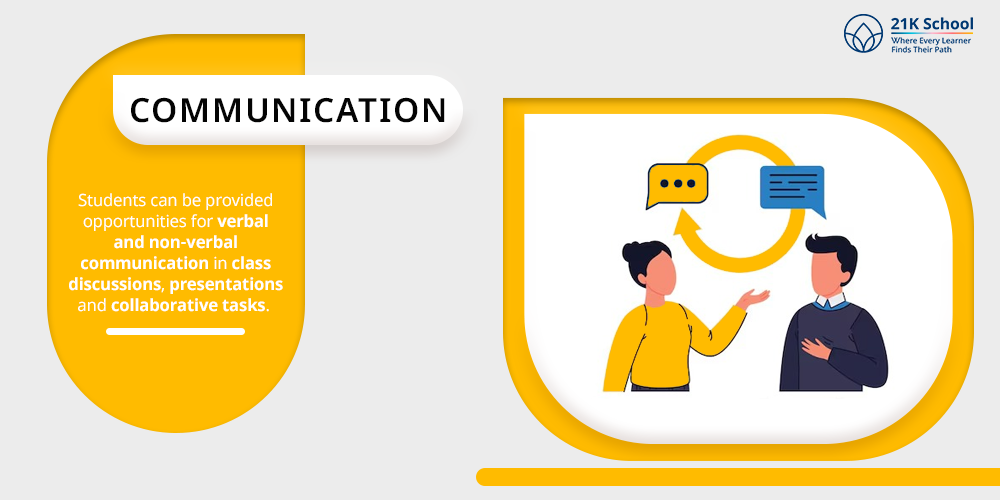
Leaders must be able to communicate their ideas. Students can be provided opportunities for verbal and non-verbal communication in class discussions, presentations and collaborative tasks.
3. Confidence

Confidence forms the basis of effective leadership. Assigning students small tasks, such as leading a line or presenting a group idea to the class, can help enhance their self-image and gradually build their confidence.
4. Responsibility
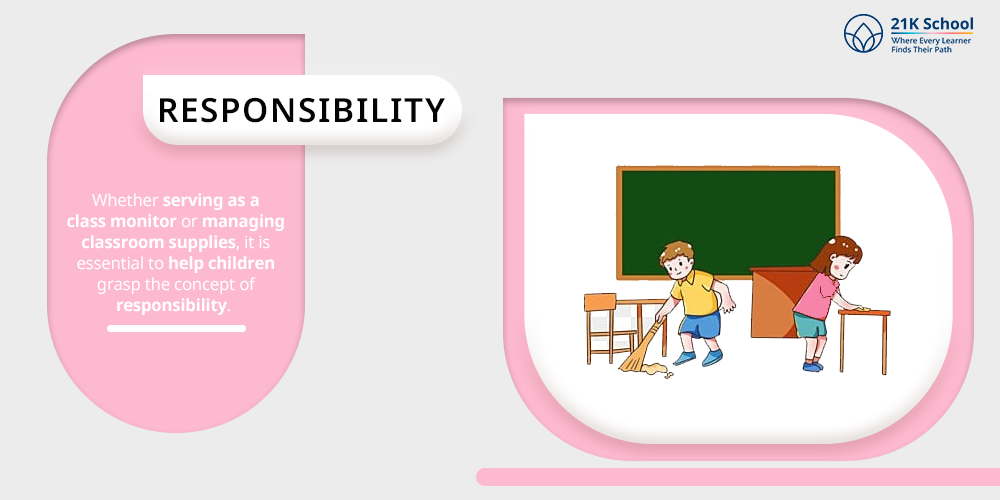
Leadership involves responsibility. Whether serving as a class monitor or managing classroom supplies, it is essential to help children grasp the concept of responsibility.
5. Teamwork
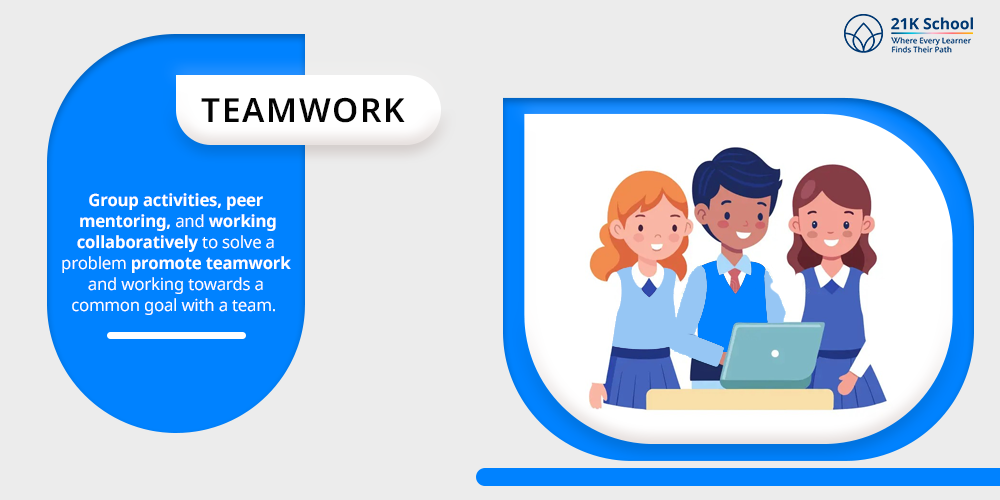
A leader knows how to collaborate. Group activities, peer mentoring, and working collaboratively to solve a problem promote teamwork and working towards a common goal with a team.
6. Initiative
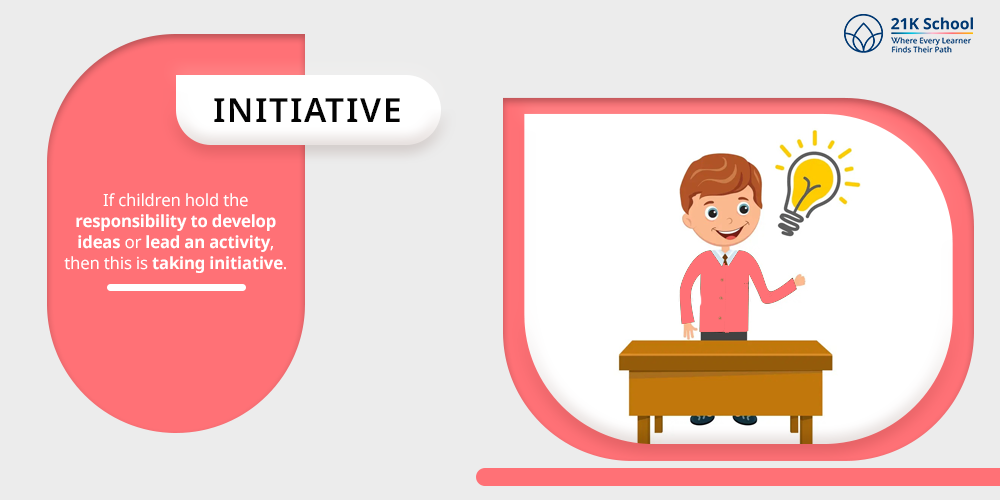
If children hold the responsibility to develop ideas or lead an activity, then this is taking initiative. When students are given the responsibility to take action, they will proceed to become proactive, confident leaders.
Benefits of Promoting Leadership in Primary School
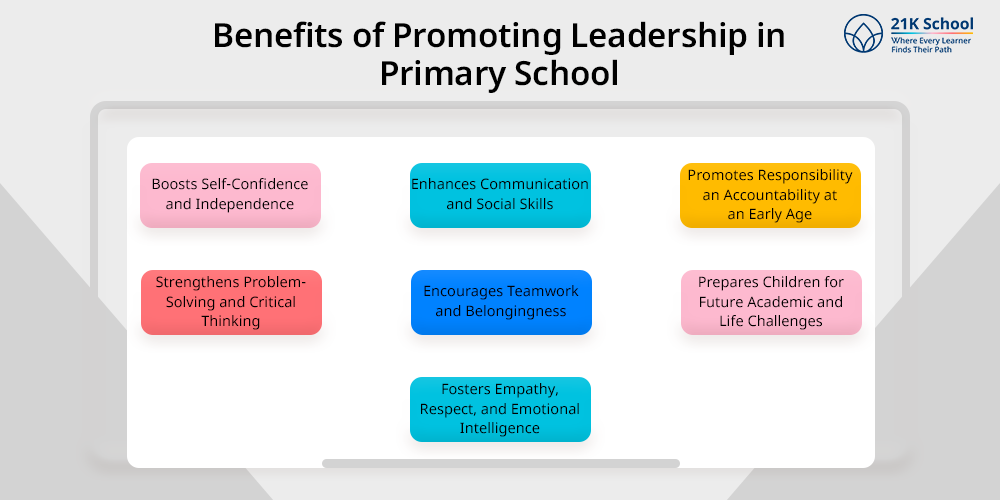
Developing primary school students as leaders is more than just assigning roles; it’s about creating self-assured, compassionate, and competent human beings equipped to meet life’s challenges.
When we embed leadership development at an early stage, the beneficial impacts cascade into all aspects of a child’s development.
1. Boosts Self-Confidence and Independence
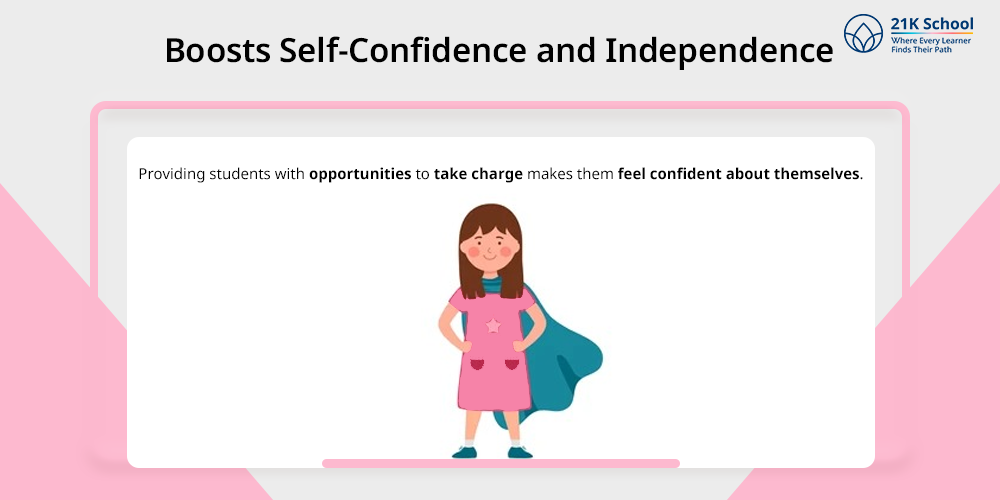
Providing students with opportunities to take charge makes them feel confident about themselves. Whether they are leading a line or assisting a classmate, each experience serves as reinforcement of their value.
They grow to be increasingly independent, able to make choices and manage tasks without being told every step of the way.
2. Enhances Communication and Social Skills
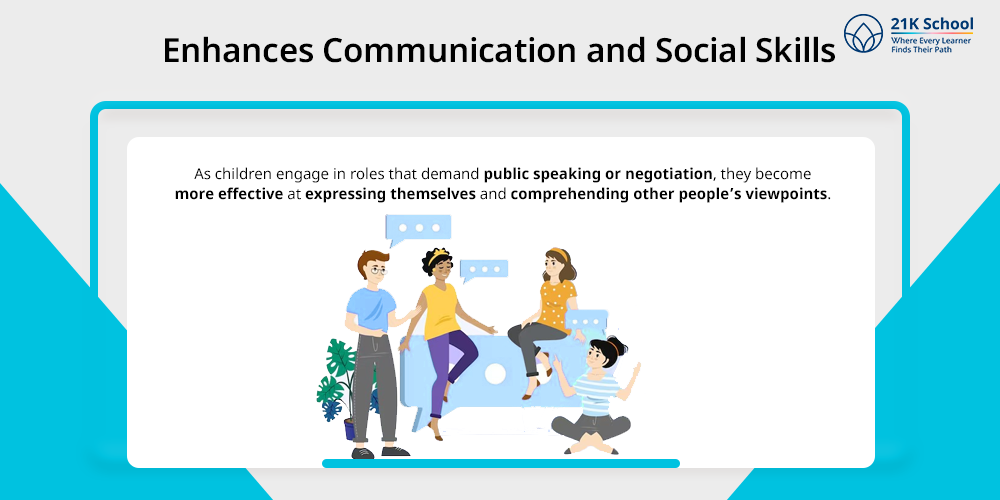
Leadership activities usually entail sharing ideas, listening, and collaboration. These interactions hone verbal and non-verbal communication skills.
As children engage in roles that demand public speaking or negotiation, they become more effective at expressing themselves and comprehending other people’s viewpoints.
3. Promotes Responsibility and Accountability at an Early Age
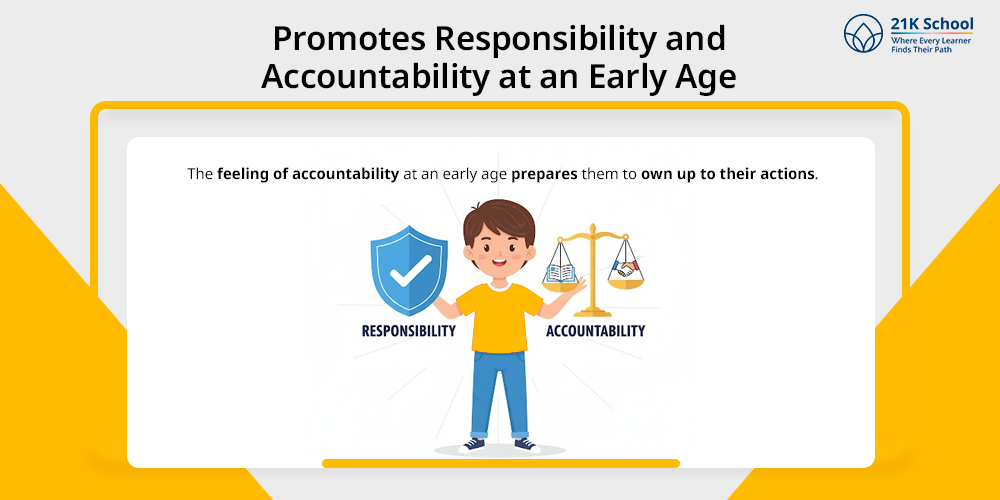
Leadership educates students that what they do has an impact on others. When a student is in charge of classroom discipline or spearheading a group project, they immediately realise the value of dependability and consistency.
This feeling of accountability at an early age prepares them to own up to their actions.
4. Strengthens Problem-Solving and Critical Thinking
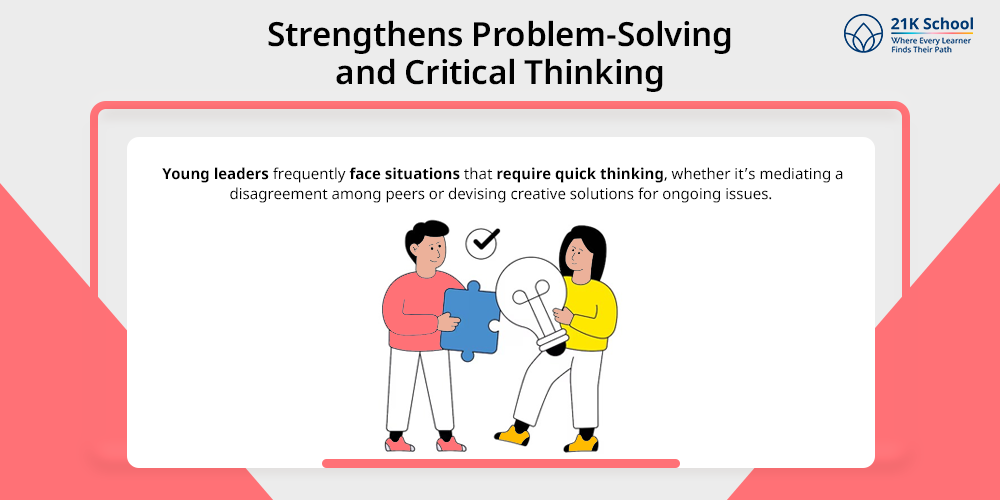
Young leaders frequently face situations that require quick thinking, whether it’s mediating a disagreement among peers or devising creative solutions for ongoing issues.
These experiences develop the student’s problem-solving and analytical skills as they learn to evaluate options and make confident, informed decisions.
5. Encourages Teamwork and Belongingness

Collaboration is essential in any leadership position. When children collaborate, they become better at listening, compromising, and helping each other.
This fosters team spirit and makes them feel important as part of a group. Strong belonging motivates participation and a good attitude towards school.
6. Prepares Children for Future Academic and Life Challenges
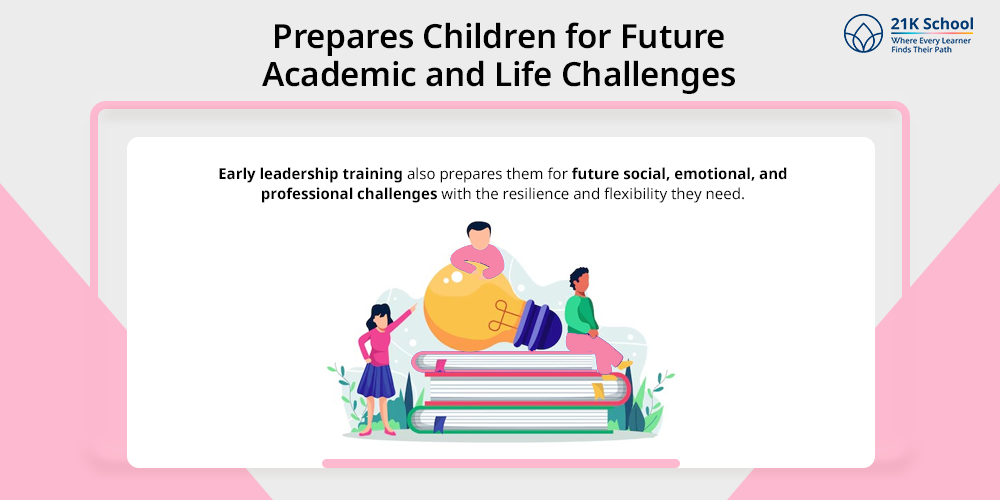
Leadership experiences set the stage for later success. Students learn to organise assignments, prioritise time, set targets, and maintain concentration, all skills a student needs in academics.
Early leadership training also prepares them for future social, emotional, and professional challenges with the resilience and flexibility they need.
7. Fosters Empathy, Respect, and Emotional Intelligence
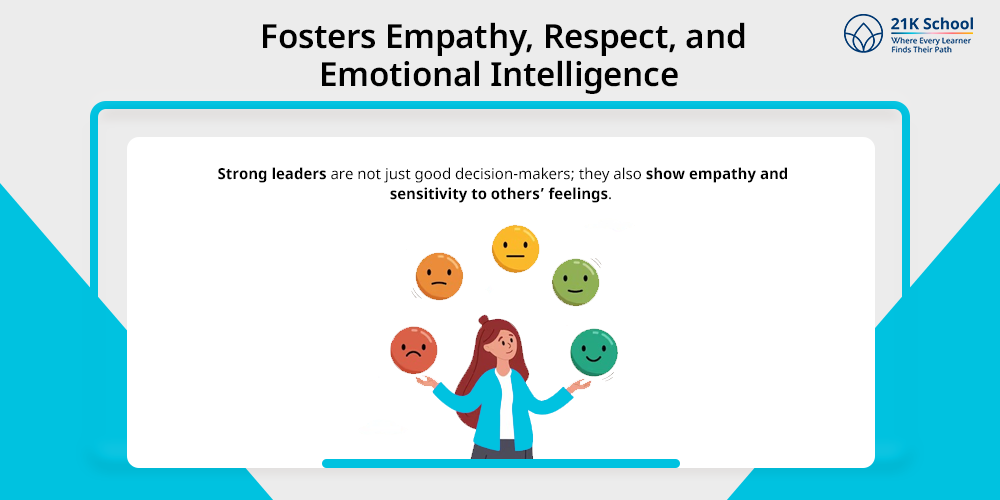
Strong leaders are not just good decision-makers; they also show empathy and sensitivity to others’ feelings.
Leadership trains students to enhance their emotional intelligence, demonstrate respect, embrace differing views and backgrounds, and practice kindness. These qualities are vital for success in multicultural environments.
Integrating Leadership into Primary School Curriculum
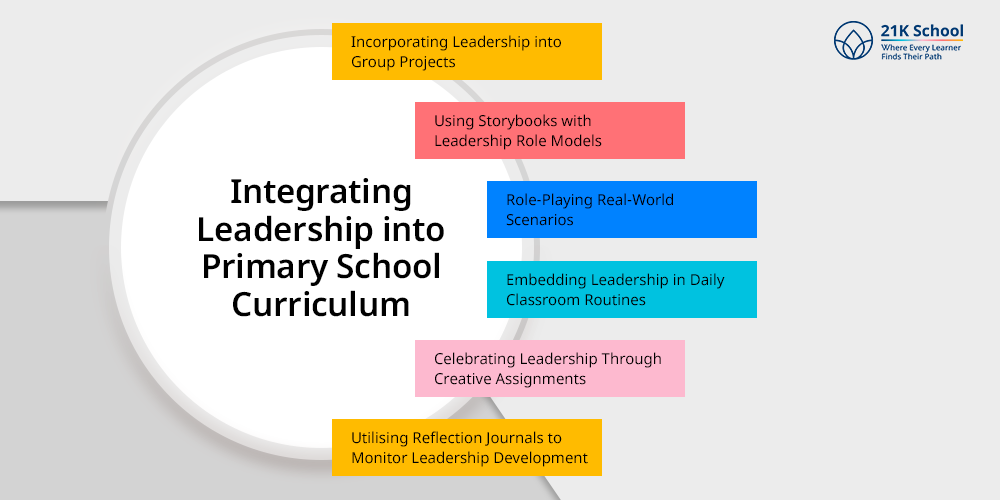
Integrating leadership development into the primary school curriculum doesn’t need an added subject. It can be integrated naturally into existing activities and lessons.
This is how schools can incorporate leadership into daily learning:
1. Incorporating Leadership into Group Projects
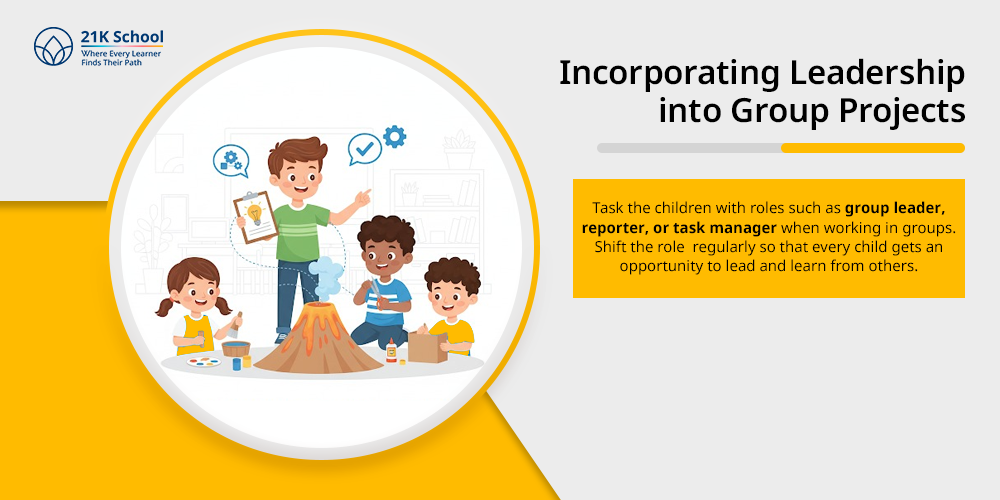
Group tasks are wonderful ways to practice leadership. Task the children with roles such as group leader, reporter, or task manager when working in groups.
Shift the roles regularly so that every child gets an opportunity to lead and learn from others. This develops leadership in a low-stress, collaborative environment.
2. Using Storybooks with Leadership Role Models
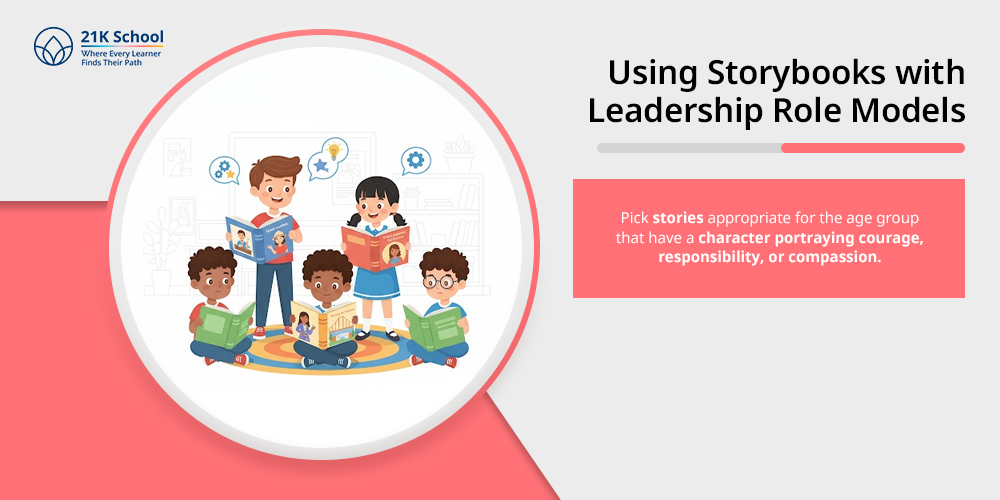
Books are effective value-teaching tools. Pick stories appropriate for the age group that have a character portraying courage, responsibility, or compassion.
Read them to students and ask them to think about what made the character a good leader. This induces value-based leadership learning.
Here are Top 7 Leadership Movies for Students to Build Skills and Inspire Growth
3. Role-Playing Real-World Scenarios
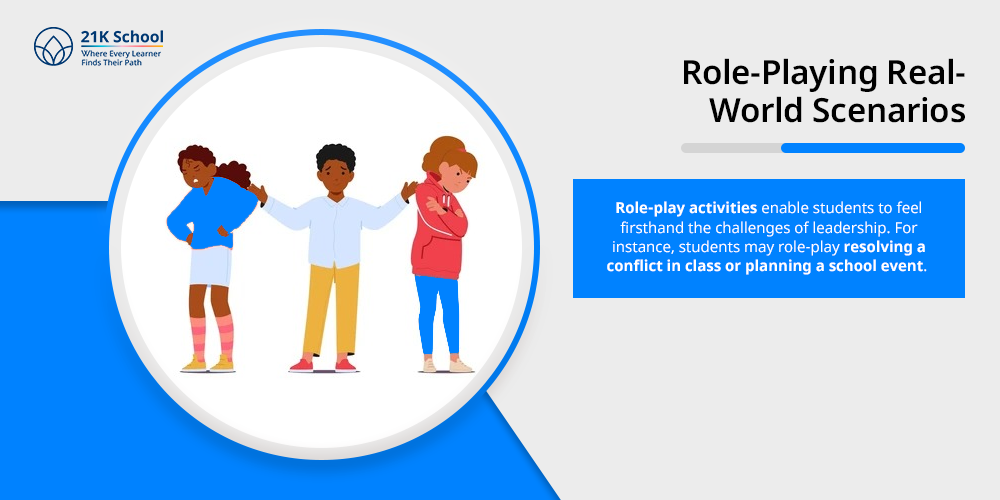
Role-play activities enable students to feel firsthand the challenges of leadership. For instance, students may role-play resolving a conflict in class or planning a school event.
These activities facilitate decision-making, empathy, and critical thinking, all in a secure and constructive environment.
4. Embedding Leadership in Daily Classroom Routines
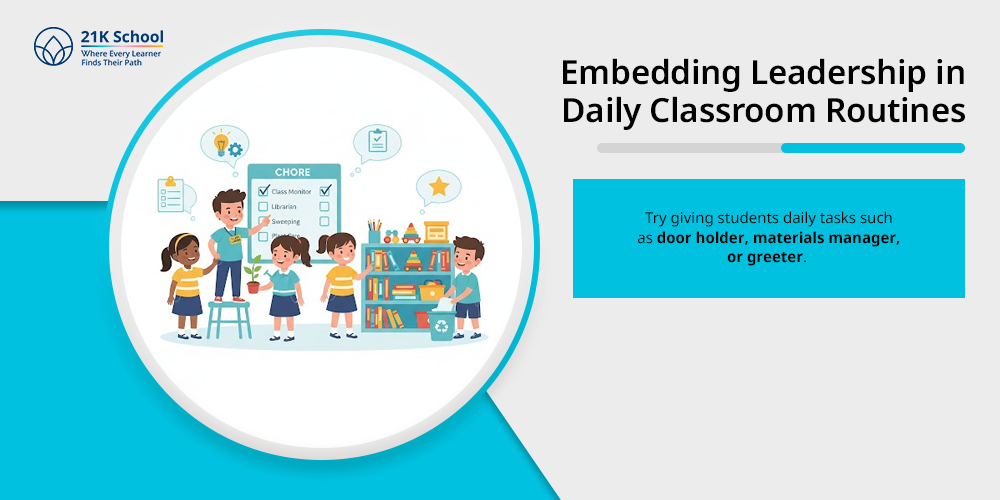
Small, habitual tasks can be used to develop leadership habits. Try giving students daily tasks such as door holder, materials manager, or greeter.
These straightforward assignments remind students of the importance of being reliable and part of the class, reinforcing leadership through daily behaviour.
5. Celebrating Leadership Through Creative Assignments
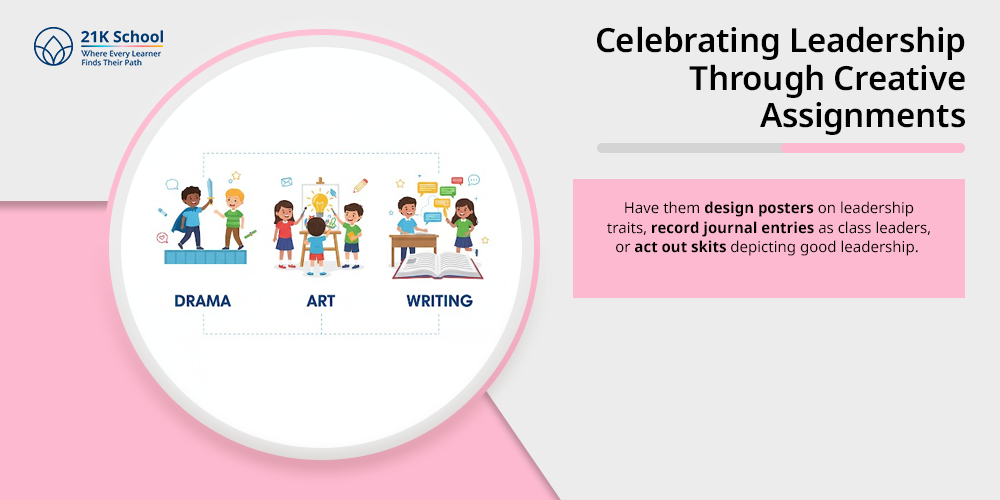
Students can investigate leadership through drama, art, and writing. Have them design posters on leadership traits, record journal entries as class leaders, or act out skits depicting good leadership.
Creative tasks render leadership learning expressive and interesting.
Read more on: Top leadership activities for students
6. Utilising Reflection Journals to Monitor Leadership Development
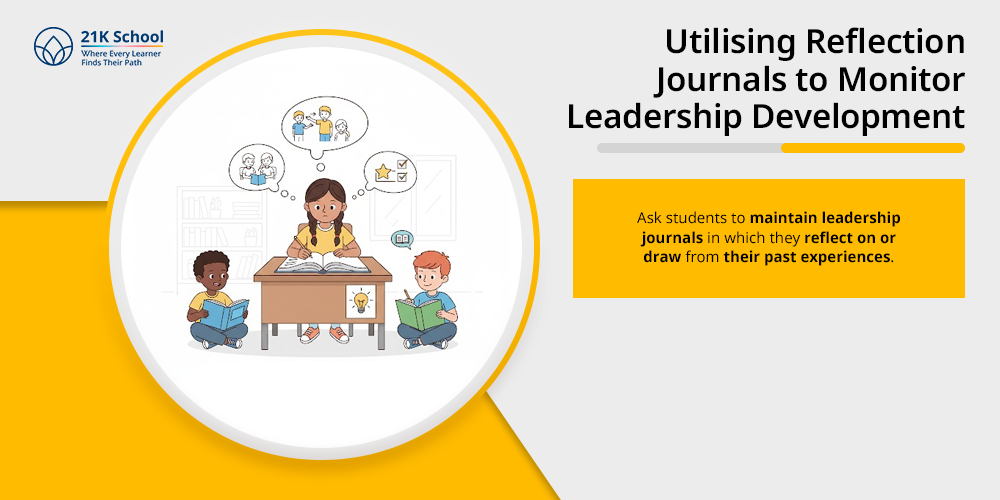
Ask students to maintain leadership journals in which they reflect on or draw from their past experiences.
What did they do well? What would they do differently in the future?
Through this reflection, they acknowledge their improvement and develop self-knowledge and goal-setting skills.
Examples of Leadership Roles in Primary School
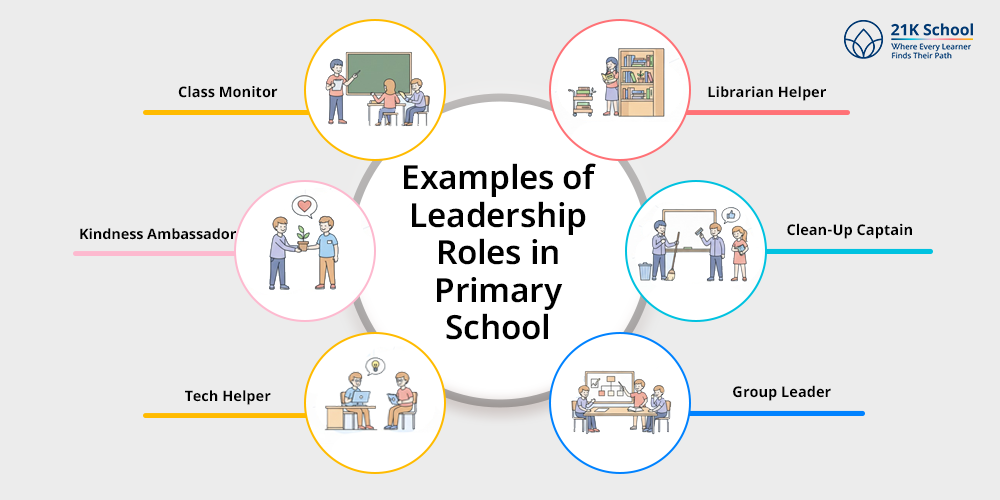
Leadership can be taught in straightforward, everyday terms. Some typical primary school student leadership positions are:
- Class Monitor – Overseeing classroom organisation and behaviour.
- Librarian Helper – Maintains books and assists reading sessions.
- Clean-Up Captain – Maintains cleanliness after class activities.
- Group Leader – Leads group discussions and keeps others on track.
- Tech Helper – Assists with audio-visual equipment or computer setup.
- Kindness Ambassador – Encourages inclusive behaviour and compassion.
These small roles provide effective leadership experience and impart lifelong habits of accountability and teamwork.
Overcoming Challenges in Nurturing Young Leaders
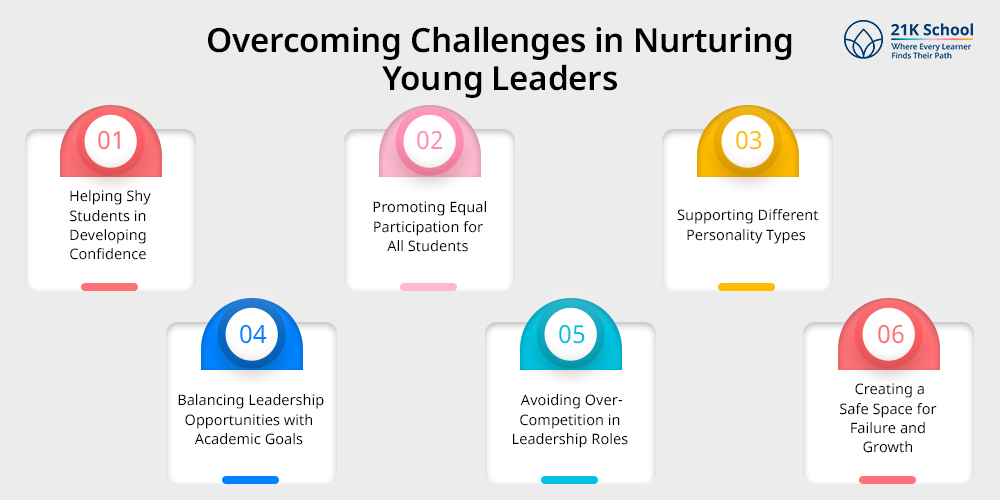
All kids are different, and developing leadership among them should be achieved sensitively, inclusively, and harmoniously.
1. Helping Shy Students in Developing Confidence
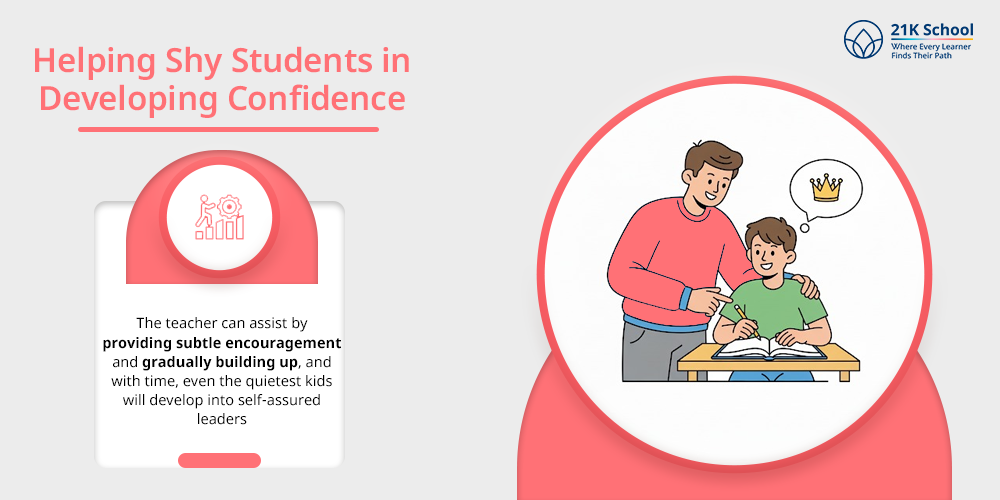
Not all kids are naturally vocal. Quiet students will be reluctant to fill public roles.
The teacher can assist by providing subtle encouragement and gradually building up, and with time, even the quietest kids will develop into self-assured leaders, provided they have proper assistance.
2. Promoting Equal Participation for All Students
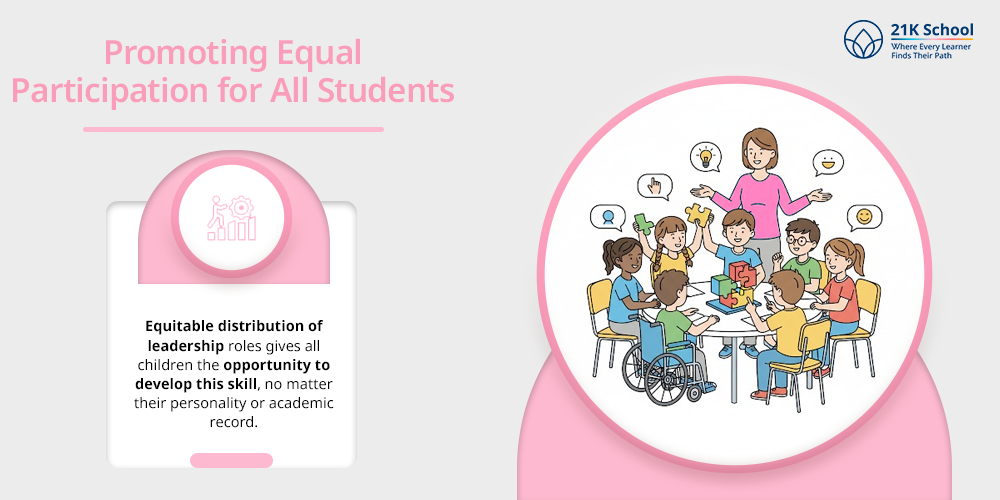
At times, the same group of students finds themselves in the role of leadership. To avoid this, teachers should deliberately switch up tasks and create activities that allow all students to lead.
This promotes student engagement in the class. Equitable distribution of leadership roles gives all children the opportunity to develop this skill, no matter their personality or academic record.
3. Supporting Different Personality Types
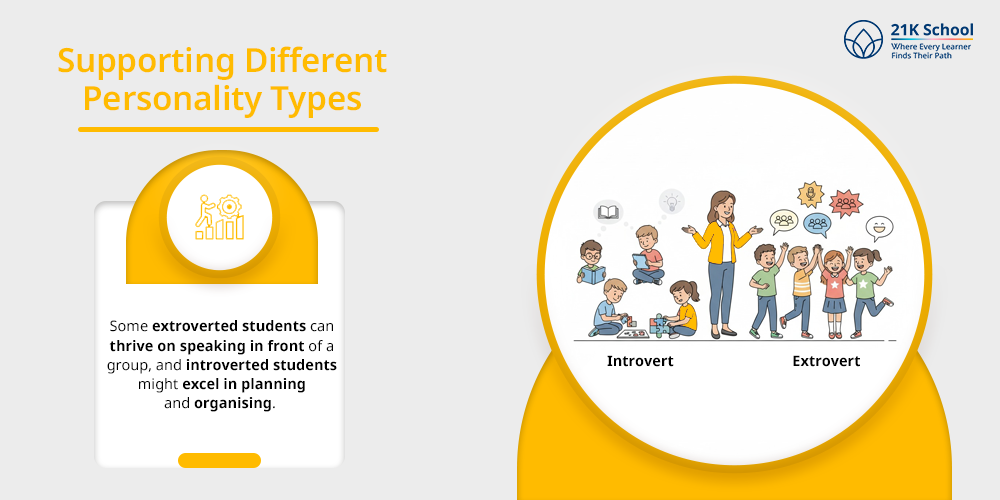
Leadership appears different for each student. Some extroverted students can thrive on speaking in front of a group, and introverted students might excel in planning and organising.
Acknowledging and appreciating various leadership styles ensures all students feel valued and respected.
4. Balancing Leadership Opportunities with Academic Goals
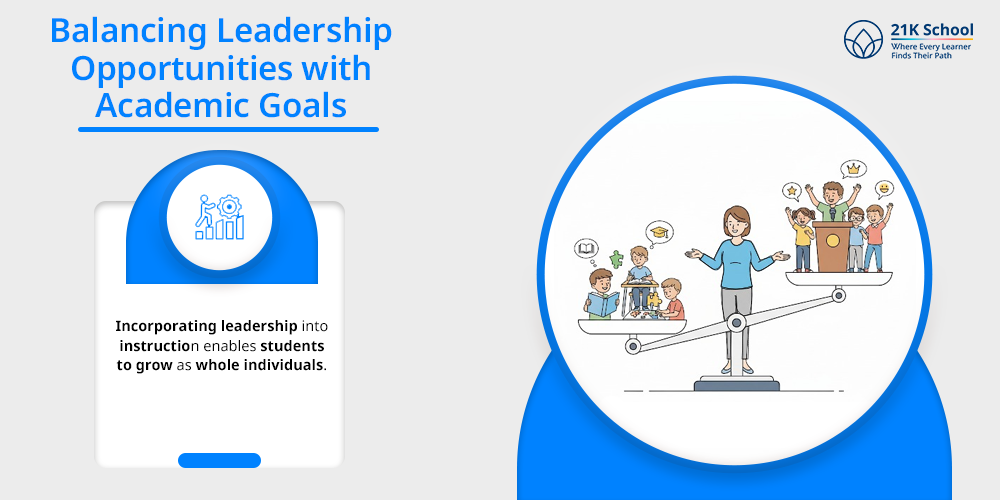
Some educators are concerned that leadership development will steal time from academics. However, leadership activities can support learning.
For example, a student who is a group leader in science can work on communication and time management skills while learning the material. Incorporating leadership into instruction enables students to grow as whole individuals.
5. Avoiding Over-Competition in Leadership Roles

Although competition can stimulate, excessive competition can result in stress, exclusion, or anger. Leadership positions should centre on growth, cooperation, and contribution, not status.
Encourage students to assist each other, acknowledge team achievements, and celebrate various strengths.
6. Creating a Safe Space for Failure and Growth
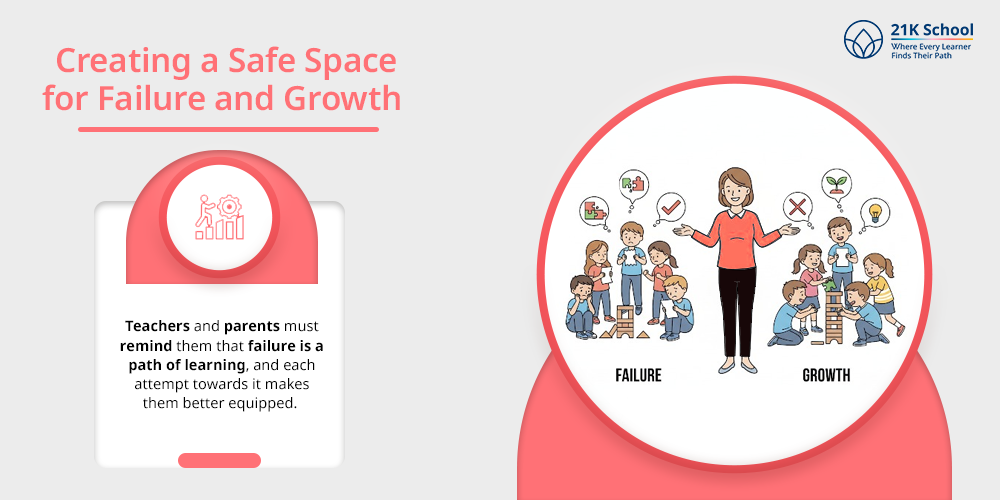
Students need to be able to err without fear of punishment or humiliation. Teachers and parents must remind them that failure is a path of learning, and each attempt towards it makes them better equipped.
Creating a positive learning environment, and giving reassurance and constructive criticism go a long way in developing resilient young leaders.
Final Thoughts
Primary school leadership is not about titles or power, it’s about building the skills, values, and mindsets children require to succeed.
By fostering a learning environment that builds confidence, empathy, teamwork, and initiative, we prepare children to be leaders of tomorrow.
From assisting a classmate, facilitating a group project, or organising the class, each little display of leadership is building a child’s emotional, social, and mental development.
By making leadership an integral part of learning, children are not only better equipped for the future; they’re prepared to define it.

